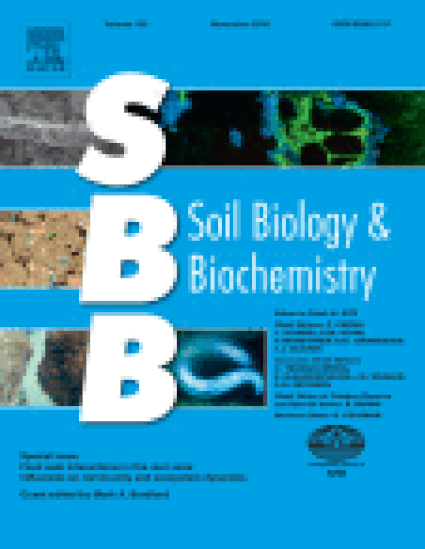
Soil food webs play a key role in the cycling of carbon and nutrients and in sustainably provisioning ecosystem services. Despite the tremendous diversity of organisms that soil food webs harbor, we still know surprisingly little about the role of biodiversity in influencing the processes and services provided by soil food webs. To guide future research in this area, we outline a conceptual framework linking hierarchical levels of soil biodiversity to ecosystem processes and services. Here, we distinguish among different hierarchical levels of diversity: trophic, functional, taxonomic and genetic diversity. We conclude that the levels of food web diversity that matter most vary with the processes or services considered, with functional trait diversity being the most universally influential level of diversity. Increased research emphasis on manipulating diversity across hierarchical levels of biodiversity organization, with an explicit focus on the functional role of the component species, is critical for enhancing our understanding of the role of soil food web diversity in driving ecosystem processes and services.
